
Бесплатный фрагмент - Making Photos of Cultural Heritage
Sergey Shchekotov-Alexandrov
MAKING PHOTOS OF CULTURAL HERITAGE
Sergey Shchekotov-Alexandrov Making Photos of Cultural Heritage
In the book Making Photos of Cultural Heritage, a documentary photographer from St.Petersburg, Sergei Shchekotov-Aleksandrov, tells us about some of his trips during which he took photos of objects of cultural heritage.
There is information about 16 monuments of material and non-material culture from seven countries in the book.
The photographer collaborates with the St. Petersburg International Cultural Forum
He is a member of several creative unions.
One of them is the WORLDPRESSPHOTO Society in Holland.
© S. Shchekotov-Alexandrov
INTRODUCTION
WHAT IS THIS BOOK ABOUT
The idea of this book came to my mind when I decided to publish some of my books in 2020.
I have many photos associated with various cultural monuments in my photo library.
Before moving to St. Petersburg, I photographed cultural monuments, but not much. Since 2014, I have started to take photos of cultural objects more often. I began to participate in the traditional St. Petersburg international cultural forums in 2015. And since 2016, within the framework of these events, I have begun to organize my photo events of the “Instances of Heritage” cycle.
The book includes information about four such photo events that were conducted in 2016, 2017, 2018, and 2019.
Each chapter is devoted to one photo event. The book shows and comments on some of the photos, gives information about the concept of events and how they were held.
ABOUT THE CLASSIFICATION OF CULTURAL MONUMENTS
I classify cultural monuments based on the approach proposed by cultural heritage specialists working under the guidance of UNESCO.
It is known that UNESCO is an international organization that deals with a variety of issues of science, culture, and education. In particular, it deals with the issues of preserving cultural heritage. The organization was created after World War II. Today it includes more than 195 countries.
So, according to the definition of UNESCO, cultural heritage is classified on three distinctive platforms.
The first platform is material heritage. The second is non-material heritage. The third is underwater heritage. The first platform is divided into two groups: World Heritage (that is, those monuments that are artefactitious, as they say) and natural heritage (made without human interference).
We will focus mainly on material cultural monuments in my photo events (and in the book).
HOW THE ST. PETERSBURG INTERNATIONAL CULTURAL FORUM WORKS
St. Petersburg International Cultural Forum is a relatively young public event. It has been held since 2012. Also, there are similar cultural forums in other regions of Russia. They include, for example, the Moscow Cultural Forum, the Ural Cultural Forum, etc.
A variety of Russian and foreign cultural figures meet and communicate at such events.
The St. Petersburg International Cultural Forum is the largest cultural event in Russia. It is visited annually by about 30,000 registered participants. About 100 countries send their representatives to the forum. There are a lot of regional delegations.
The forum has an internal structure: 14 sections, 3 tracks, a business site, Lecture Hall 2.0, a site for guest countries, a festival site, contests for art patrons and cultural workers. And many other programs.
I hold my photo events of the cycle “Instances of Heritage” as a part of one of the sections named the “Preservation of Cultural Heritage”.
COPYRIGHT ISSUES
Photos depicting the objects of cultural heritage are separated from other types of photography. For example, from portrait photos, or the photos of sports, or still lifes, nature, etc., because the cultural heritage has, figuratively speaking, authorization.
Or, to put it simply, the objects of cultural heritage are under the supervision of state organizations, under their tutelage.
What does it mean? Usually, these objects are museums. The state pays for their maintenance and restores them. It is forbidden to make photos of them in order to have some commercial profit. And in some museums, if you want to take a photo, you have to pay. Or sometimes they prohibit making videos or taking photos with a flash on.
Sometimes you need to get special permission to take photos. In other words, it is difficult to make photos.
This is how I explain why cultural heritage events in specialized photo sites (such as photo galleries, photo festivals or photo museums) are extremely rare.
Today it is popular to hold special photo contests, for which the photographs of the objects of cultural heritage collected from professional photographers and hobby photographers. I will talk about this a little in the fourth chapter of the book.
Chapter One UNESCO SITES
EVENT CONCEPT
The event was made based on the idea: to show photos and videos of two famous UNESCO sites in India — the cave complexes of Ajanta and Ellora.
I came up to A.O. Zagorsky, the moderator of the section “Preservation of Cultural Heritage”, with an idea to hold an evening of documentary photography as part of the 5th St. Petersburg International Cultural Forum. The idea was supported by O.V. Ryzhkov, who at that time was the head of the section “Preservation of Cultural Heritage”. My offer was accepted. The event was conducted in the Municipal Budgetary Institution of the Centralized Library System of the city of Gatchina in the Central Library named after A.I. Kuprin in November 2016.
THE AJANTA CAVE COMPLEX
The site dates back to the 2nd century BC. This is a former Buddhist temple and monastery cave complex located in the state of Maharashtra. It is a rock in the form of a horseshoe with 29 caves.
Let’s imagine mountains. And lots and lots of rocks. In these rocks, some kind of “rooms” were hollowed out — temples. In addition, rock paintings and sculptural compositions were also created there.
The skill of sculptors still surprises us. The colors of many paintings have not yet faded. And scientists fail to unravel the secret of making these colors.
The temple complex is located deep in the forest, and it is quite difficult to get there.
Each cave has its keeper from the museum. At the entrance to the complex, guidebooks that include descriptions of each cave are sold. And those who want to get into the caves need to go along a long rocky corridor that has safety fencing.
You cannot stop wondering looking at it.
People lived here, ate, prayed, died, had children.
The temple complex was built on the Silk Road. Therefore, travelers with trade carts often stopped there, which, of course, provided some financial support for building and construction works.
Rich Indian kings also helped the forest monks to maintain temples. What impressed me?
First of all, the age of these caves. They are more than two thousand years old. Of course, I looked at these amazing colors for a long time, which were applied by artists more than two thousand years ago.
I learned that sculptors and painters worked in so-called family guilds. And they did not reveal their tricks of the trade outside their family. That is why the secret of making non-fading colors has remained a secret. Apparently, a dynasty of a craftsman was stopped.
The cave complexes of Ajanta have a long history.
It is known that these temples were abandoned for a long time. Only in 1819, they were accidentally discovered by British soldiers that hunted tigers in this area. India was a colony of England at that time. Therefore, information about the “cultural wonder” very soon became known in London and then spread all over
Europe.
Interestingly, the researchers of the Ajanta rock paintings concluded that they showed the history of Indian civilization. It is known that the age of Indian civilization is 5 thousand years. So, the paintings reflected a life of three millennia. In addition, various religious Buddhist subjects were depicted on the frescoes.
I noticed that a lot of tourists from different countries come to the Ajanta.
site. ELLORA CAVE COMPLEX
I spend a little bit more time in the Ellora cave complex.
I spent the night in the hotel of the settlement, which is located next to the
The Ellora rock complex dates back to the 6th century. It includes 34 caves.
We drove about 200 kilometers by car from the Ajanta to the Ellora.
The cave temples of Ajanta were made by hollowing out “rooms” (caves), and the temples of Ellora were mainly carved out using the “top-down” method. In addition, certain sculptural compositions were made along with the construction.
For example, the figure of a huge elephant was made simultaneously with the construction of the cave itself.
I have not been to Buddhist caves, but I have been to several Hindu and Jain caves. There are a lot of sculptural compositions in Hindu temples. These temples look very ornate. Jain caves, on the contrary, are very modest. It was explained to us, the tourists, that the richer people had richer temples.
It is interesting that the temples of Ellora are, in fact, a united cave complex. And priests of three different religions lived together there for a long time. This is a manifestation of a tolerant attitude in India.
There is such a story associated with the most remarkable of the temples, the Kailasa temple, a magnificent, perfectly preserved example of Dravidian architecture. According to the legend, the temple was erected by the raj of Ellichpur Edu in gratitude for the healing with water from a nearby spring. The temple is located in the back of a yard side carved out solid rock. There are colossal statues of Shiva, Vishnu, and others made of stone in the granite canopy above the entrance. Behind the canopy, there is a large statue of the goddess Lakshmi, resting on lotus flowers and surrounded by elephants.
An interesting service is provided here for tourists: small vans (some kind of museum taxi) transport tourists from one part of the cave complex to another.
HOW WAS IT
The library staff, where my event took place, did a great organizational job. There were about 30 members of the audience. The event visited local television journalists.
Before presenting my photo and video works, a local resident, a famous dancer of Indian dances, held a mini-concert. Then the representatives of the Russian-Indian Friendship Society, invited by me, spoke and said many good words about the friendship between India and Russia.
There was a teapoy with oriental sweets and Indian tea.
Also, I and the library staff prepared small exhibitions of Indian books.
My speech was received with great applause. In a word, it turned out to be a wonderful evening of documentary photography!
Chapter two FORTS. FORTIFICATIONS
ABOUT THE CONCEPT OF THE EVENT
The idea of the event was to collect images of forts and fortifications from my archive, make some additional photos on the subject, and then create and conduct a two-hour public multimedia program for the 6th St. Petersburg International Cultural Forum.
I knew that there were countless fortifications in the world. Almost always people in different parts of the world live in a state of war.
Fortifications are also great sites for documentary photography. This is exactly what I wanted to say at my event.
A program was created using photos, videos and infographics from five collections: two of them contain photos from foreign countries (Turkey, India) and the other three include photos from Russia (St. Petersburg, Nizhny Novgorod region).
I will tell you about the photos of each of these collections later.
SELJUK FORTIFICATION IN TURKEY
Alanya Fortification is a medieval fortification in the city of Alanya in southern Turkey. Most of it was built in the 13th century. The fortification is located on a rocky peninsula 250 meters high near the Mediterranean Sea.
I was in Alanya in November 2014. It was a tourist trip with my wife, Raisa, we stayed in Turkey for 11 days.
Alanya is an ancient city, it starts its history from the II century BC. Today it is a major tourist city, hosting tourists mainly from Europe, especially from the Scandinavian countries. Of course, tourists from Russia also spend their vacations here.
In the 13th century, the Seljuks conquered Kalonoros (that was the name of the peninsula near which the city is located) and renamed the city to Alaye in honor of the Seljuk sultan Ala ad-Din Kay-Kubad. During the reign of Kay-Kubad, the city reached full flowering. At that time, a significant part of the new fortification (which has survived to this day), a shipyard and several mosques were built. Alaye became a major commercial and military port.
In my photos, you can see some parts of the fortification, the residence of the Seljuk Sultan.
The fortification is quite well preserved, and today it is a museum that is visited by many tourists every day.
What impressed me?
Firstly, you can admire the views of the enchanting Mediterranean Sea from the high walls of the fortification. You can imagine people living here and soldiers being on guard, admiring the local beauties.
Secondly, the fortification museum is “intertwined” with countless private houses and cottages. And when you drive along the road, you do not understand, if you are in a private residential area or the territory of a museum. It is great!
Sultan Ala ad-Din Kay-Kubad, during the construction of his Muslim fortification, left a small Orthodox chapel, which was built during the period when the city was under the rule of the Byzantine Empire. This chapel today requires restoration.
THE PRATAPGAD FORT IN INDIA
The Pratapgad Fort is located in the mountainous settlement of Mahabaleshwar (Maharashtra) in India.
I visited this place in November 2015.
India has a rich military history and is a home to over 100 forts and fortifications.
The mountain settlement of Mahabaleshwar is located 250 km southeast of Mumbai and is the most visited mountain resort of Maharashtra. The resort is a large plateau with an area of about 150 sq.km. It is located at an altitude of about 1,500 meters above sea level. The population is about 18 thousand people. There are many long beautiful roads on the plateau, where you can walk or ride a horse. Mahabaleshwar is famous for its honey, strawberries, raspberries, potatoes, beans, lettuce, and carrots.
The Pratapgad Fort is also located here. The history of the fortification dates back to the 17th century and is associated with the name of the Maratha leader Shivaji, who enticed the Moghol general Afzal Khan into the fort from Bijapur to discuss the possibility of a cessation of arms.
This place is visited by many tourists every year, and here you can enjoy the views of the surrounding hills. The jungle of Mahabaleshwar is quite dense and there are a lot of medicinal plants. There are wild animals, such as foxes, jackals, wild boars. In some places, it is possible to meet deer.
There is a small settlement near the fort. There is also a memorial to Shivaji.
THE NIZHNY NOVGOROD KREMLIN IN THE NIZHNY NOVGOROD REGION (NIZHNY NOVGOROD)
I was in Nizhny Novgorod in April 2012 during the organization of my traveling photo exhibition “Simple and Complex Impressions”. This photo project took place in the Sharangsky district of the Nizhny Novgorod region.
And, of course, I wanted to take photos of the famous cultural object, the Nizhny Novgorod Kremlin.
The Nizhny Novgorod Kremlin (or fortification) dates back to the beginning of the 16th century. The fortification was built to give the city the status of a “guardian”.
At that time, there was a war between Russia and Kazan. And trade and naval routes passed through Nizhny Novgorod. And upon the conflux of two large rivers, the Volga and the Oka, the necessary defensive fortification was built. There were some wooden buildings at the place of the new fortification made of stone. And it is the stone walls of the fortification that have survived to our time.
Today, the Nizhny Novgorod Kremlin and its oldest part are the main political and social, historical and artistic complex of the city. Here are the official residences of the plenipotentiary representative of the Russian Presidential Envoy in the Volga Federal District, the governor of the Nizhny Novgorod region and the mayor of Nizhny Novgorod. It was especially interesting for me to visit Nizhny Novgorod because Shchekotovo, the native village of my father, Ivan Georgievich Shchekotov, is located in this region.
I took photos of the Kremlin according to a specially created plan. I walked a bit in the central part of the city. I went to the local photography museum.
What surprised me?
Firstly, when I was at the railway station, I suddenly found out that the hotels in the city are divided into two groups: ordinary and family. I have never seen this before.
Secondly, I was impressed by how Nizhny Novgorod remembers its resident, the famous merchant Kuzma Minin, who, together with Knyazh Dmitry Pozharsky, participated in the creation of a people’s volunteer army to fight the Polish invaders in the so-called Time of Troubles. A remarkable monument will be built in memory of Kuzma Minin.
KONSTANTIN AND OBRUCHEV FORTS IN ST. PETERSBURG
In order to include materials about new shootings related to the forts in St. Petersburg in the multimedia program of the photography evening “Forts. Fortifications”, I had to read a very large number of different publications about the history of St. Petersburg, as well as its fortifications.
In fact, the construction of St. Petersburg has become a very important factor for establishing strong economic relations with European countries.
And Russia needed to trade with European countries. To do so, it was necessary to fight with the Swedes in order to obtain the essential northern territories, and in the end, it was necessary to build a city that would undertake a protective mission for a better economic future of the country. And St. Petersburg became such a city. It is clear that the young city had to be protected itself from those who previously owned the occupied northern lands. That is why it became necessary to build a large chain of various defensive structures, forts. And they include the forts I would like to talk about. These are the “Konstantin” Fort and “Obruchev” Fort. In total, more than 20 fortifications were built on the Gulf of Finland near St. Petersburg.
I am a former artilleryman, a sergeant and an artillery commander, and it helped me to understand the history of these forts. During military service in the Soviet army, I received special knowledge about artillery. Therefore, I have some theoretical and practical competence on the point.
The “Konstantin” Fort dates back to 1808. The fort was built on the south side of Kotlin Island. Later the city of Kronstadt will be built here.
The fort was a platform protected from enemy shells and bullets, where artillery pieces with large-caliber shells were located, adapted for long-range naval firing. More than 20 cannons could be located here.
In addition, of course, the fort had many various auxiliary stone structures for shells and food, for guard duty and for soldiers.
The “Konstantin” fort is named after Grand Duke Konstantin Nikolayevich, son of Emperor Nicholas I.
It is necessary to note such an important point: the “Konstantin” fort today has its “owner”. It is “Trety Park” AO (JSC). This is a large and profitable transport company in St. Petersburg. Thanks to the company, this historical place has been turned into a space where various public events are organized today, here you can find a museum, and visit some excursions. The fort is being actively restored.
I took photos of the fort just during one of the events. It was the festival of retro technology “Fortuna”.
The “Obruchev” fort has a slightly different story. First, it was built much
later.
Construction began in 1896. Secondly, it was an island fort, which was located in the zone of the northern fairway of the entire Kronstadt fortification, and its task was to protect the fairway. In other words, to guard the road along which enemy ships could sail to St. Petersburg.
When I found myself on a man-made island where the “Obruchev” fort is located, a kind of ship appeared in front of me, comparable to the Titanic. A huge space where numerous stone buildings are located, both for artillery pieces, as well as guard sites, barracks and premises for a huge number of artillery soldiers. Including the former church for soldiers.
Unfortunately, today the fort is almost ruined and is not being restored. This historical monument needs restoration. I know that some work is being done in this direction.
The “Obruchev” fort is named after N.N. Obruchev, a famous military leader of Imperial Russia in the 60s of the 19th century.
HOW WAS THE PHOTO EVENT “FORTS. FORTIFICATIONS”
The photo event was held in the Centralized Library System of the Petrodvortsovy District of St. Petersburg, in the Lomonosov city Family Reading Library.
The library staff very well organized the work on the preparation of the meeting and held the event just wonderfully.
There was a special information stand with books on the subject of forts and fortifications and a tea party with pies.
Participants of the 6th St. Petersburg International Cultural Forum came to the meeting from the Consulate General of Turkey in St. Petersburg. The invited participants of the Oranienbaum Maritime Festival also attended the meeting.
After my multimedia program, the participants of the event spoke and shared their impressions of various forts. The problem of the abandoned Kronstadt forts was discussed with a special passion.
I was very pleased that the photo event was so interesting.
Chapter three VIVID OLD TIMES
ABOUT THE CONCEPT OF THE EVENT
I decided that this evening would be an experiment. I came up with an unusual way of communication that would help in contemplating photos of cultural heritage.
My idea was to group a number of monuments of material and non-material culture, highlighting a sign that can be called the “human factor”.
That is, we are talking about the visible properties of a memorial place, on which people are depicted, and when people are carriers of time, history, reflected in the monument.
Hence the name of the event is “Vivid Old Times”. What did I get?
THE FIRST GROUP OF MONUMENTS. These are situations where the image of a person is either in the form of a sculpture or on a fresco. I chose the Charles Bridge in Prague and The Cathedral of Saint Demetrius in the Vladimir region from my archive.
THE SECOND GROUP OF MONUMENTS. These are situations in which certain objects are the places of ritual burial. From my archive, I chose the Prague Castle, where the famous unique St. Vitus Church is located, where many famous people of the Czech Republic are buried.
THE THIRD GROUP OF MONUMENTS. These are situations when the person himself/herself bears antiquity or a historical fact. In the archive, I found materials about the Norwegian Viking Festival and the Cucumber Day Festival.
Of course, my classification is conditional and, so to speak, creative in nature. After all, all the objects in my photos are not related to each other in any way. Perhaps, only one circumstance unites them: almost all cultural monuments are included in the UNESCO catalog.
But I still decided to organize such an evening. I gave it the name “Vivid Old Times”.
In addition to the evening, I organized a small photo exhibition “White Color”, which was shown in the exhibition hall next to the lecture hall. The exposition included the “Photographer’s Library” stand, where some of my editions of the author’s almanacs (DVD editions) were shown, which told about different periods of my photography life.
AT THE CUCUMBER DAY FESTIVAL
The “Cucumber Day” is a young festival that is held in some cities and towns of Russia. The meaning of the holiday is that people do not honor a historical event or a professional occasion, but praise and popularize the widespread vegetable, cucumber. And they do it in the manner of a traditional Russian festival. Of course, such events are held in places where the vegetable is popular. And one of the cities in the Vladimir region is Suzdal (here, many residents grow cucumbers in their backyards). Suzdal holds such a festival every year. And so I, a lover of visiting interesting holidays and festivals, went to this city to take photos.
In addition, since 2012 I have been collecting thematic photos related to white-stone churches in Russia and sights that are somehow connected with the first centuries of the Russian state. I made photos in Vladimir, in the village of Kideksha, in the village of Bogolyubovo, in Veliky Novgorod, and in Suzdal itself. The name of the collection of such photos is “White Color”. And the photos of the “Cucumber Day” in Suzdal were very useful for me.
The photos were taken on a summer weekend in 2015. About 25 thousand guests gathered here to celebrate.
I made a plan for my photographic report.
First: I wanted to shoot such moments that are associated with the “cucumber” theme. Secondly, I chose those phases of the event that would be associated primarily with the residents of the city of Suzdal. Thirdly, I tried to shoot the holiday in such a way as to convey the spirit of the area, the historical city of Suzdal, which is almost 1,000 years old.
I wanted to make photos exclusively for my photo archive.
AT THE NORWEGIAN VIKING FESTIVAL
While working on the formation of the “White Color” collection, I was looking for material on how to demonstrate the first years of the Rurik settlement in Russia and how they lived in the settlement of Staraya Ladoga (the Leningrad Region), and then in Veliky Novgorod and further in Kyiv.
And I found a cultural public event where such a demonstration is present: the Norwegian Viking Festival in St. Petersburg.
This is a young annual festival of reenactment clubs, where participants dress in clothes of the first centuries of Russia. And they show certain events of that time in a theatrical way (games, costume shows and performances).
I took photos in May 2016. The festival was held on the territory of the Peter and Paul Fortress. More than 10 reenactment clubs from St. Petersburg, Karelia, Moscow and other regions gathered here. The special guest of the festival was the Viking Museum from Lofoten (Norway). The guests sailed to St. Petersburg on their historic ship. Yes! They sailed across the Baltic Sea from Norway through the Gulf of Finland on their museum ship!
THE CATHEDRAL OF SAINT DEMETRIUS
As I have already said, I was also interested in such monuments that contain reliefs depicting people. And, of course, the Cathedral of Saint Demetrius, a UNESCO monument in the Vladimir region, could become such a monument.
I made photos of the cathedral in autumn 2012.
The history of the cathedral begins in 1191, the time of the highest power and flourishing of the great Vladimir principality under the Grand Prince of Vladimir Vsevolod the Big Nest. The cathedral was built of white limestone. It was built only by Russian masters. This temple has more than 600 reliefs depicting saints, as well as mythical and real animals. The glorification of princely power was the main idea of the facade sculpture of the cathedral, so it depicts many heraldic symbols, such as lions, eagles, griffins, centaurs, hunting scenes, fighting animals, etc.
This was the time when the center of Russian statehood “migrated” from Kyiv to the Vladimir-Suzdal principality.
IN THE PRAGUE CASTLE
The Prague Castle is a historical site in the Czech Republic. The fortress, which occupies the eastern part of a long cliff that stretches from Petrin Hill, connects to the Mala Strana region in the south, and is bounded by the Deer Moat in the north. The Prague Castle is a complex of buildings, temples and fortifications. The architectural dominant is St. Vitus Cathedral.
The monument is part of the historic center of Prague and is listed in the UNESCO catalog.
Why did I include a story about this historical object in my narrative?
As I said in the “Vivid Old Times” project, I am interested in everything that is connected to humans. So, the Gothic Catholic Cathedral of St. Vitus (full name is the Cathedral of St. Vitus, Wenceslas and Vojtech) is the burial place of Czech kings and archbishops of Prague, the coronation regalia of the medieval Czech Republic are also stored there.
Today, on the territory of the Prague Castle, there is the residence of the President of the Czech Republic. In ancient times, it also was used as a residence for the Czech kings and emperors of the Holy Roman Empire.
THE CHARLES BRIDGE
This historical monument is one of the favorite places for residents and guests of Prague. It is also included in the UNESCO catalog as part of the historic center of Prague.
The Charles Bridge is a medieval bridge across the Vltava River, connecting the historical districts of Mala Strana and Stare Mesto. The bridge is 520 meters long and 9.5 meters wide. The bridge rests on 16 huge arches. It is decorated with thirty sculptures, mostly of religious content. The so-called Royal Road used to lead across the bridge. The bridge bears the name of Charles IV, the Emperor of the Holy Roman Empire, who made a significant contribution to the development of the Czech Republic.
Today, the bridge is visited daily by tourists, and you can meet there different artists, actors, numerous couples in love. The bridge offers beautiful views of the city of Prague and the Vltava River.
HOW WAS THE EVENT
The evening of my documentary photography was held in the Centralized Library System of the Kurortny District, in the city library of Zelenogorsk.
The event was smooth. About 25 people came. The audience watched my multimedia program, clapped, and I conducted a short tour of the White Color photo exhibition for those who wished to visit it.
It should be noted that the library staff decorated the exhibition hall where my photo exhibition was held. The event took place in November, and the trees in Zelenogorsk were just yellow. Autumn leaves placed on the windows of the hall were very beautifully combined with white-stone temples, photographs of which were shown at the exhibition.
The photo exhibition was on for some time after my evening of documentary photography.
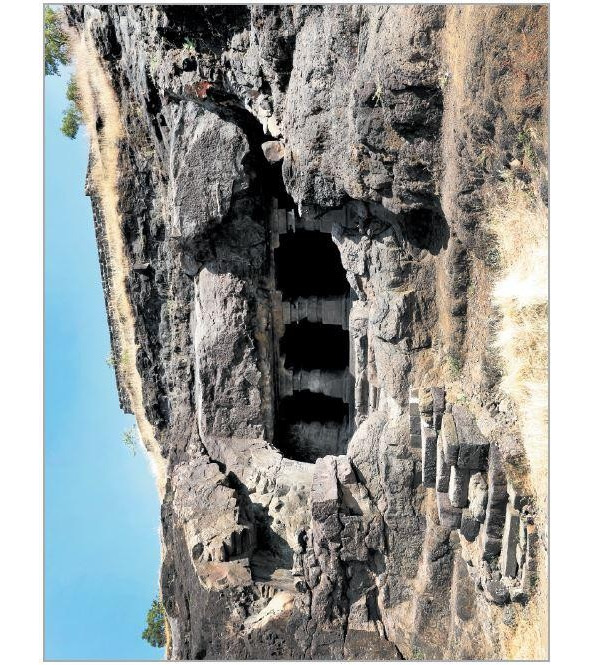
1
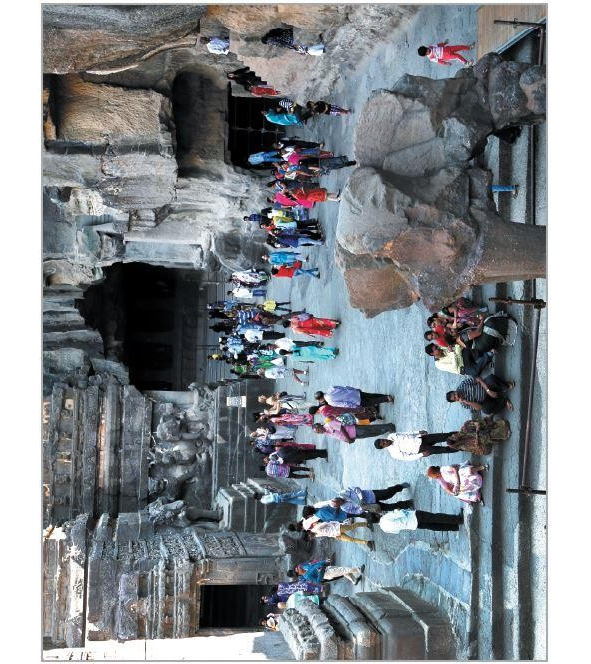
2
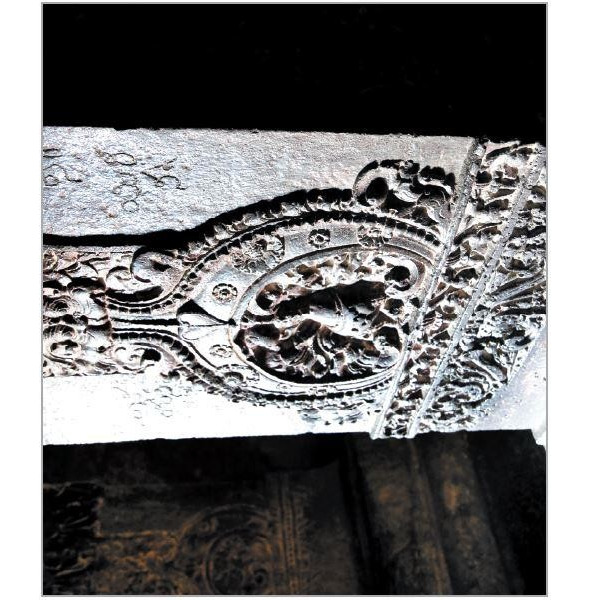
3
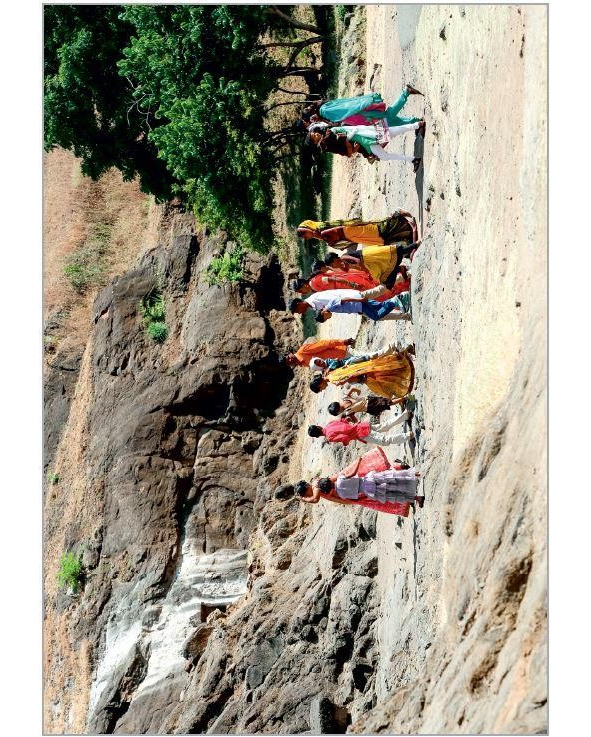
4
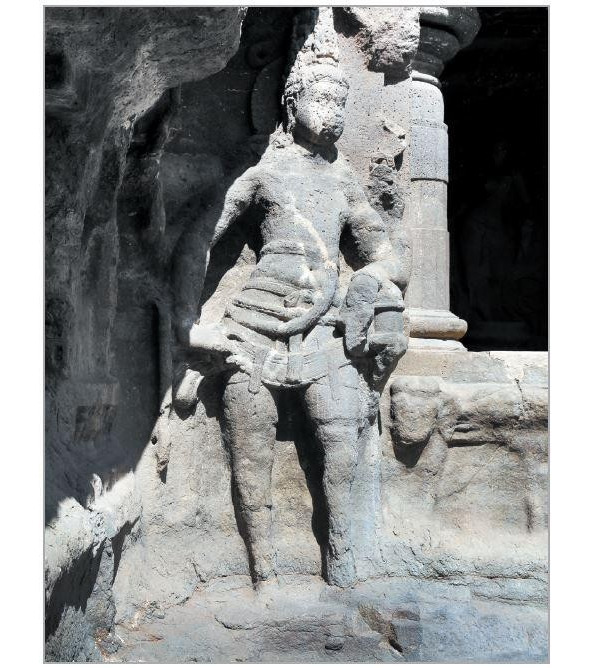
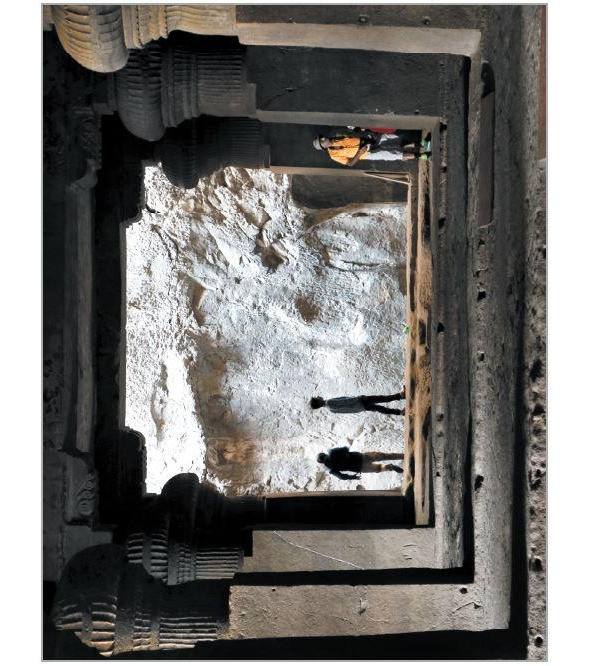

7
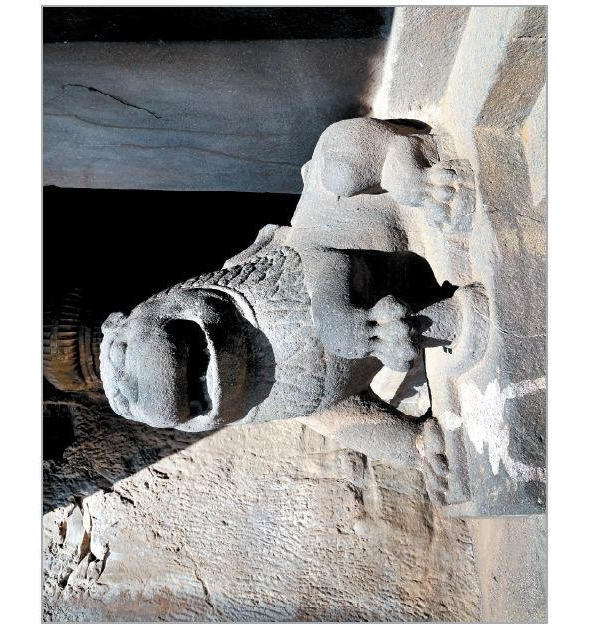
8
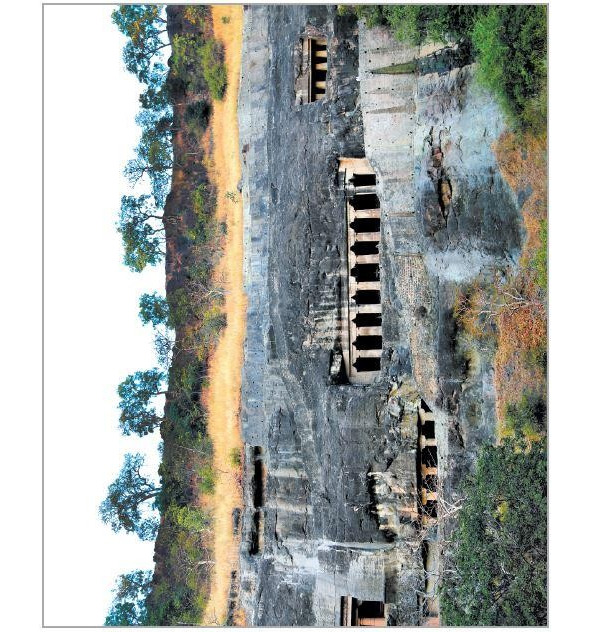
9
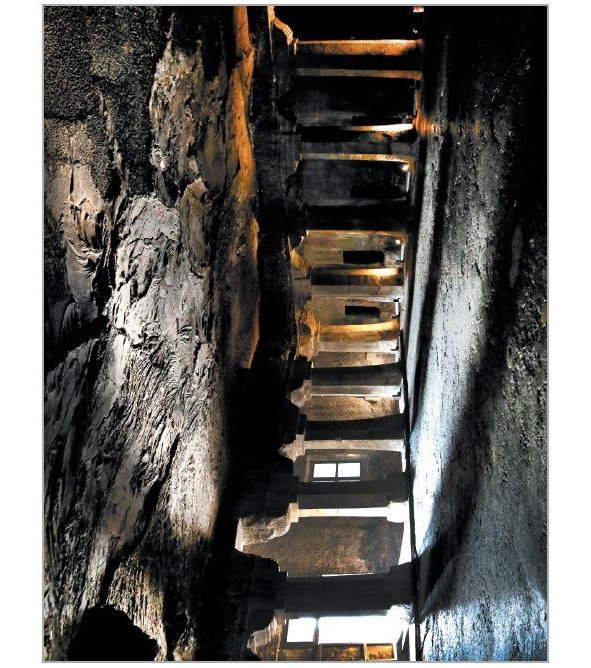
10
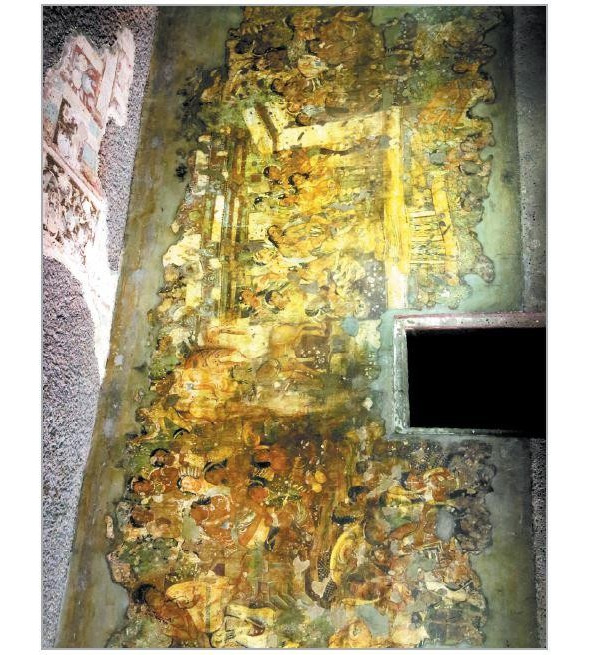
11
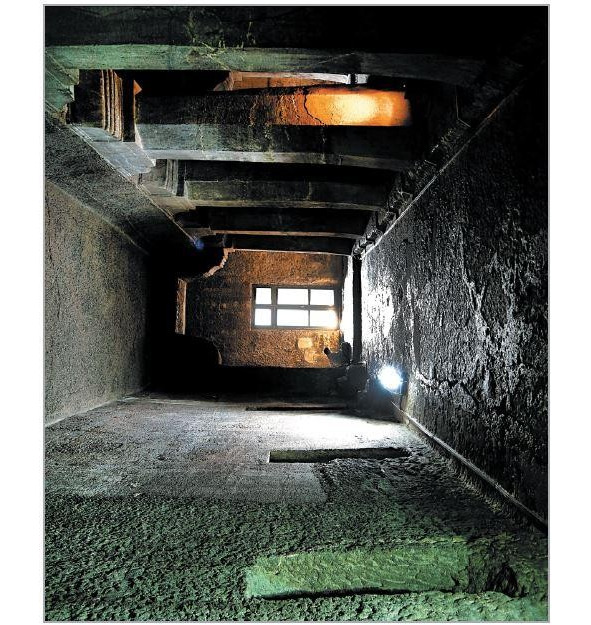
12
Бесплатный фрагмент закончился.
Купите книгу, чтобы продолжить чтение.
